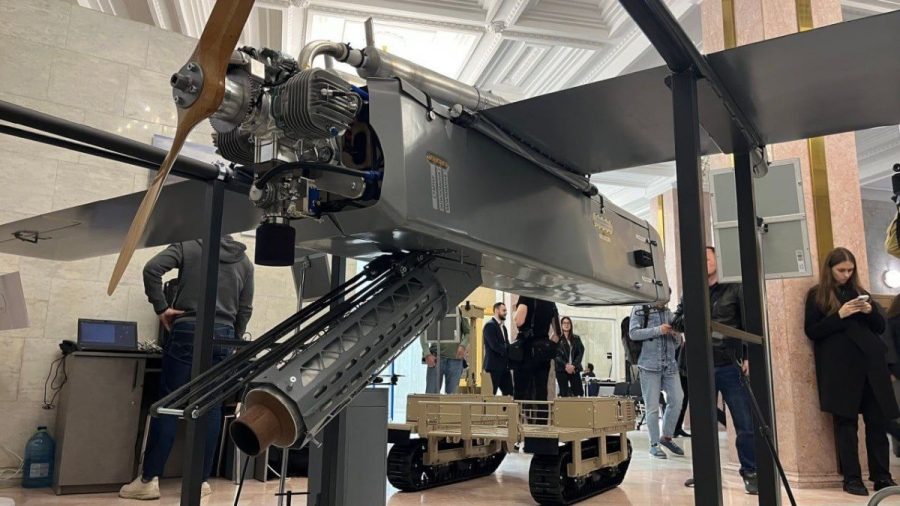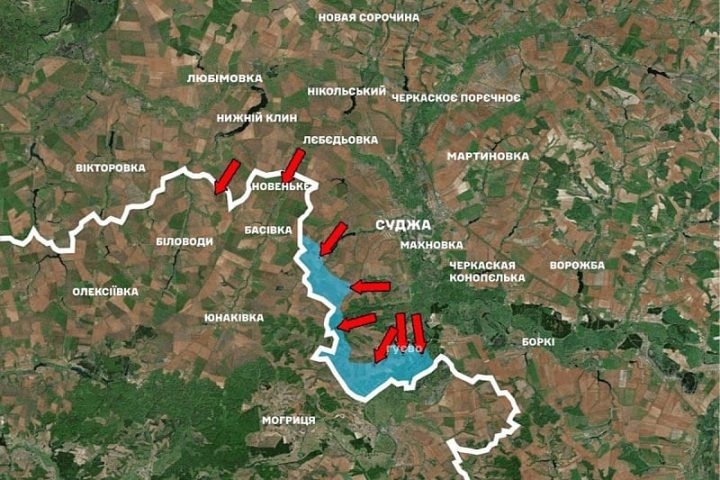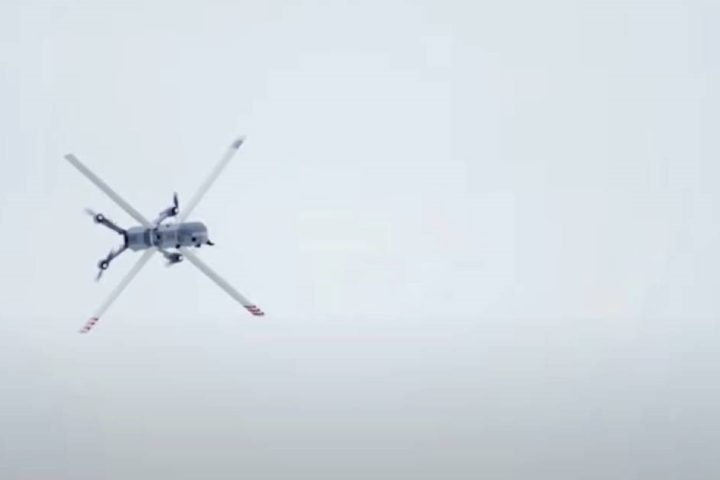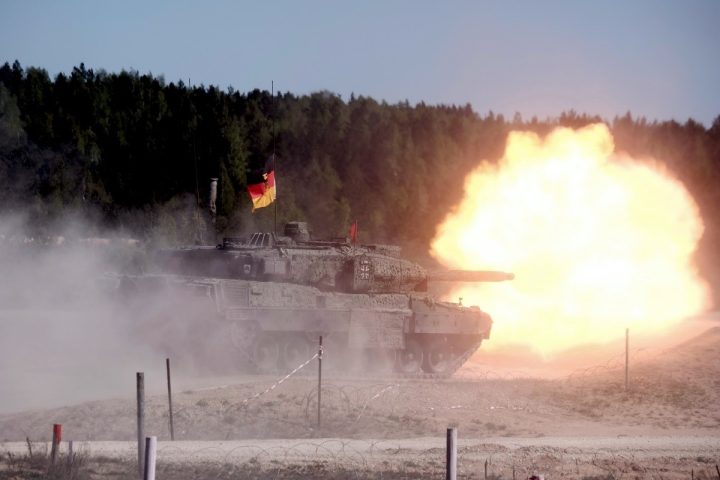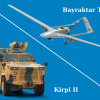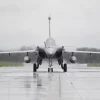Ukraine has officially introduced one of its most advanced attack drones to date—the UAC FP-1, a long-range loitering munition capable of striking targets up to 1,600 kilometers away while carrying a devastating 113 kg warhead. This cutting-edge platform significantly surpasses the performance of earlier Ukrainian models, such as the PD-1, which was limited to around 1,000 km of range and a lighter payload.
The UAC FP-1 is a product of UAC, a Ukrainian-Czech joint venture that has quietly refined the drone over the past year. While it made its public debut at a recent defense exhibition in Kyiv, the FP-1 has already seen combat deployment, underscoring its readiness and operational value on the battlefield.
Engineering Innovation: Built for Efficiency and Impact
One of the FP-1’s most defining features is its lack of traditional landing gear. Unlike earlier UAVs like the PD-1, which rely on wheeled takeoffs, the FP-1 is launched from a ramp using rocket propulsion, a design that reduces both weight and complexity. Eliminating the landing gear—a component that typically comprises up to 5% of an aircraft’s total weight—frees up space and payload capacity for more strategic value: range and firepower.
This choice aligns with the FP-1’s intended use as a one-way, expendable strike platform, designed to crash into high-value targets and detonate upon impact. It is not designed for recovery—a fact that further liberates engineers from the need to build in return systems, parachutes, or retractable gear.
Combat Role: Precision Strikes Deep Inside Russian Territory
Ukraine’s military has increasingly relied on its indigenous drone arsenal to conduct deep-strike operations on strategic infrastructure targets within Russia—airbases, oil depots, and refineries. To this end, modified Aeroprakt A-22 light aircraft have been converted into kamikaze drones. These aircraft, while adaptable, come with drawbacks.
Originally built for manned flight, the A-22s are heavier than needed due to their large cockpits and manual control systems. Even with payloads of 100 kg, their maximum range remains under 1,300 km—a limitation in the vast geography of the conflict.
By contrast, the FP-1 represents a purpose-built solution. With its optimized frame, warhead capacity, and extended range, it provides a superior payload-to-distance ratio, making it one of Ukraine’s most efficient unmanned strike assets to date.
Cost-Effective Lethality
Estimated at just over $100,000 per unit, the FP-1 offers a cost-effective alternative to traditional manned aircraft or even some high-end drones. While that price tag is slightly higher than the base cost of a modified A-22 (~$80,000), the FP-1 is more efficient, lighter, and deadlier.
The design philosophy echoes lessons learned globally. For instance, U.S.-based Kratos had to cut the payload of its XQ-58A Valkyrie drone in half—from four bombs (450 kg) to two (225 kg)—after adding landing gear. The FP-1 avoids this pitfall altogether by focusing on singular purpose and minimal drag.
Another alternative launch method—using a wheeled dolly for runway acceleration—has proven useful in reusable drones. But for a single-use kamikaze platform, the FP-1’s rocket-assisted ramp launch is the optimal choice.
Strategic Implications
The unveiling of the FP-1 is more than just a technical milestone—it’s a clear message that Ukraine is ramping up its indigenous strike capabilities. With foreign-supplied weapons often subject to political constraints or limited quantities, platforms like the FP-1 give Ukrainian forces a domestically controlled, scalable solution for long-range precision attacks.
As drone warfare continues to evolve, cost-effective, long-range strike drones like the FP-1 will likely become a cornerstone of Ukraine’s asymmetric strategy—hitting deep, fast, and hard—without putting pilots at risk.


